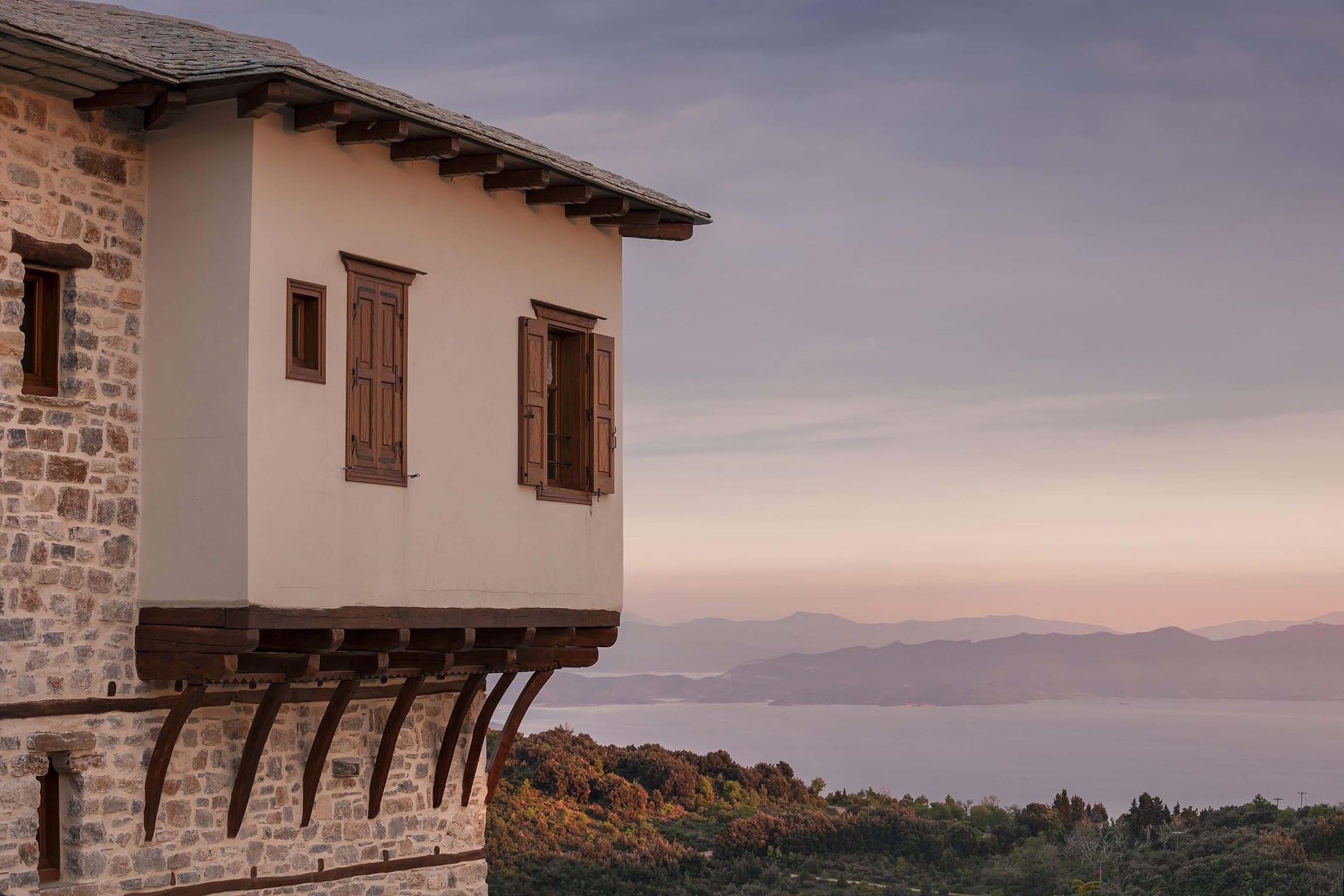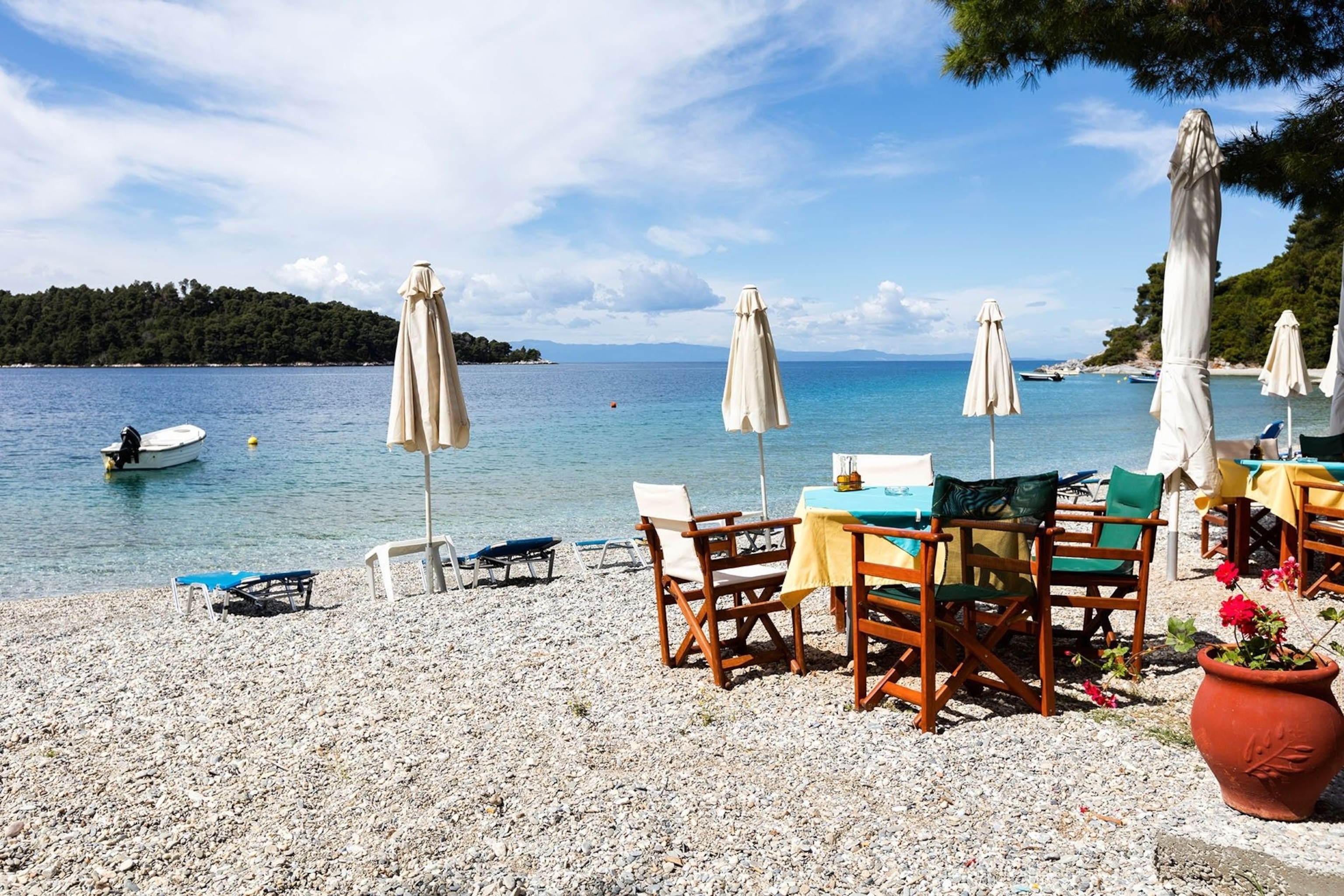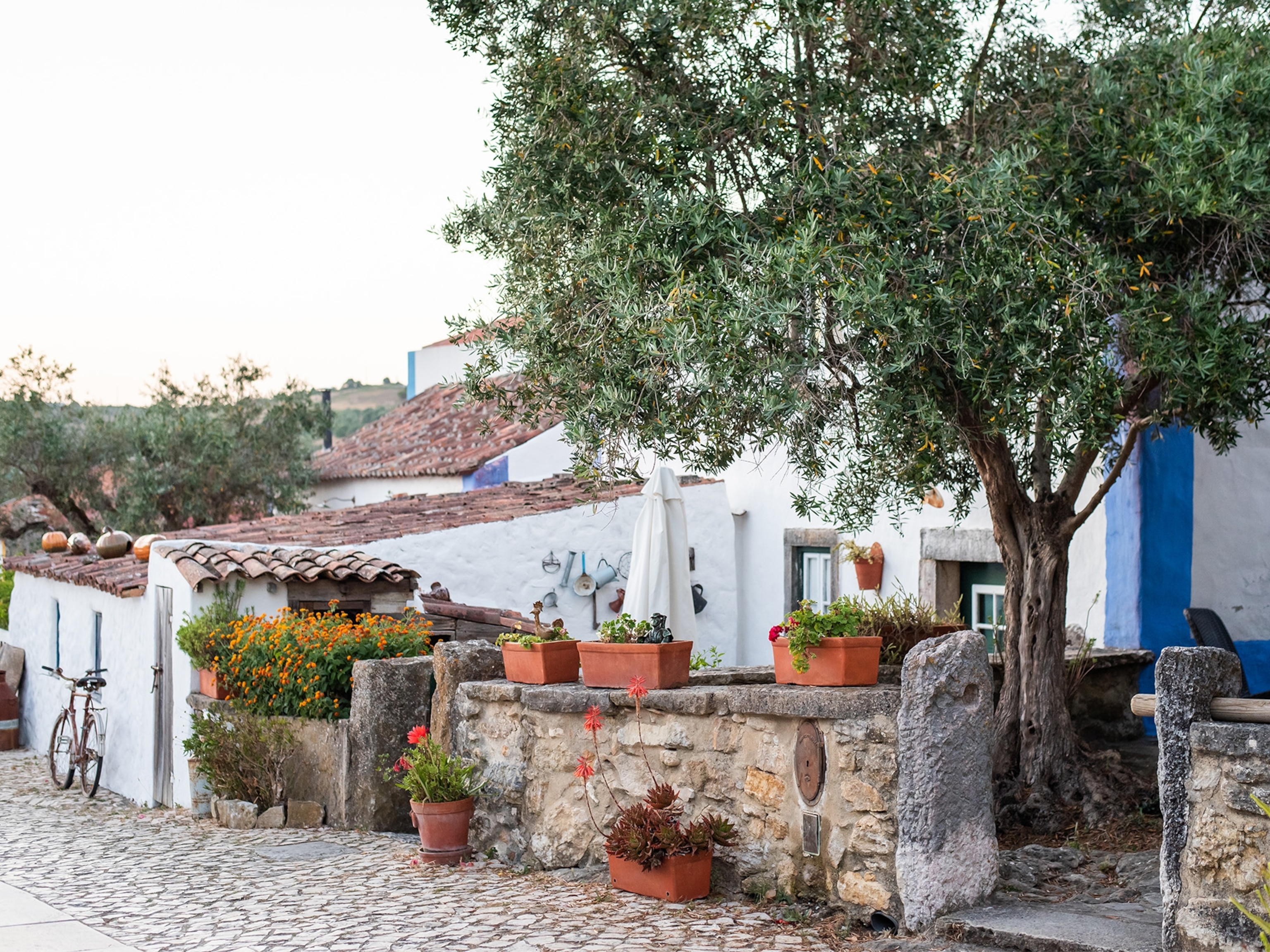
How to explore Volos and Mount Pelion — the Greek peak famous for its food
One of Greece’s lesser-known tourist hotspots, Volos is arguably also one of its most beautiful, with mountains rising from the coastline and a local cuisine that’s hearty and full of flavour.
The port city of Volos, lying at the foot of Mount Pelion, has myriad reasons to visit, from hiking and biking to skiing and mushroom-hunting. Given its location in the Pagasetic Gulf, the region is also a food-lover’s haven, offering a wide selection of seafood, olive oils and a host of traditional dishes, from Pelion pies to the local take on tsipouro, the beloved national spirit. Wondering how to plan the ultimate culinary journey? Let us help answer your questions
How can I experience the local way of eating?
It would be impossible to experience Volos without visiting the tsipouradika, or taverns, where the locals go for food, drink and friendly chat in a laidback atmosphere. Equivalent to British pubs, these taverns are the social heart of Volos and a place to enjoy traditional tsipouro, or pomace brandy, and delicious meze. Seafood is abundant, from sardines and anchovies to red mullet and swordfish, and there are also plenty of grilled feta cheese, salad and baked potatoes.
What local dishes should I try?
Throughout Greece, it’s all about the pie, and there are countless varieties in every region, from sweet to savoury and in all shapes and sizes. This region is no exception, with plenty of filo-based pies filled with fish, meat and vegetables, but be sure to sample Pelion’s own sweet rice and red pumpkin version for dessert. For a more savoury taste of Pelion and Volos, it’s worth trying tsitsiravla, small shoots of pickled wild pistachio available as meze, or dolmadakia, rice-stuffed grape leaves. All should be washed down with plenty of tsipouro, naturally.

How can I learn about the food culture?
Visit the Olive Oil Museum on Mount Pelion, in Ano Gatzea village, for an insight into what the locals call ‘liquid gold’. Located within an olive grove next to Pelion train station, the museum takes visitors through the history of olive cultivation and the symbolic significance of Greece’s olive tree, followed by a guided look at a working olive press. Next, taste Pelion green and organic extra virgin olive oil, which is spicy and intense and bears little resemblance to its supermarket sibling. Tours are available year-round but olive pressing takes place from October to January.
What activities are available?
Mount Pelion offers outdoor activities for all abilities, from strenuous hikes and climbs to gentle strolls and horseback rides. There’s also an excellent ski resort at Pelion with jaw-dropping views of the Pagasetic Gulf, Aegean Sea and Mount Athos. There are four downhill pistes and one three-mile endurance slope through a scenic forest path, all within easy reach of Volos. For a food-based activity, the area is a mushroom- and chestnut-hunter’s treasure trove, so it’s worth asking your hotel about foraging opportunities.
How about something a little more relaxing?
The lovely village of Portaria at the foot of Mount Pelion is a great option for a less active stay, and it’s located within easy reach of the ski resort and the Pagasetic Gulf. There are plenty of opportunities for shopping, as well as restaurants and tavernas, and both luxury and traditional hotels. For a brush with nature, Tsagkarada is worth a visit for its plentiful chestnut trees, delightful central square at Agia Paraskevi and impressive arch bridge constructed by Epirus builders. The beaches in this area are as beautiful as they are varied, from the sweeping sands of Horefto to Mylopotamos beach, where hidden coves puncture dramatic cliff faces. Finally, check out the Pelion steam train, which departs from Milies in the summer and offers spectacular views across the Aegean.
What food treats can I take home with me?
Volos market has a great range of local products that make the perfect gift or souvenir. Support the Pelion women’s cooperatives by buying jars of brightly coloured preserves to be eaten from a spoon — the famous spoon sweets — or take home rich and lightly spiced local cheeses. There is also homemade pasta, mountain fruit liqueurs and natural herbs from Pelion. If in doubt, a bottle of tsipouro always makes a great present.
Essentials
Getting there
Seasonal flights fly direct between London Gatwick and Volos. Alternatively, the fastest way to get there is by car from Athens, which takes around 3h30, or by train, changing at Larissa, which takes around 4h30. If flying into Thessaloniki, Volos is reachable by car in just over two hours. Several UK airports serve both Athens and Thessaloniki.
When to go
Pelion is accessible year-round, with activities and eating opportunities for all seasons. Visit in mid-winter for a snow-capped experience and skiing; or in spring and summer for warmer hikes amid colourful wild flowers and lush vegetation.
For more information visit visitgreece.gr
Follow National Geographic Traveller (UK) on social media





